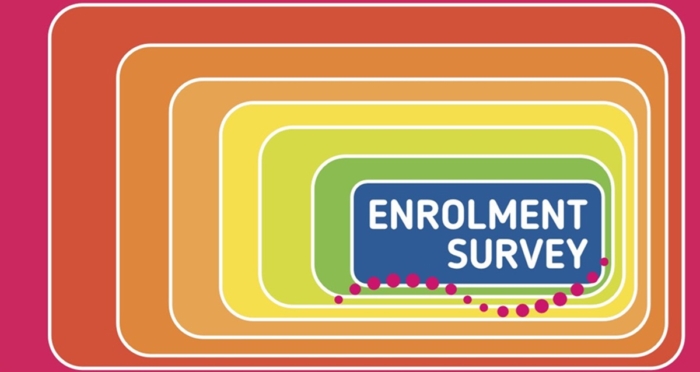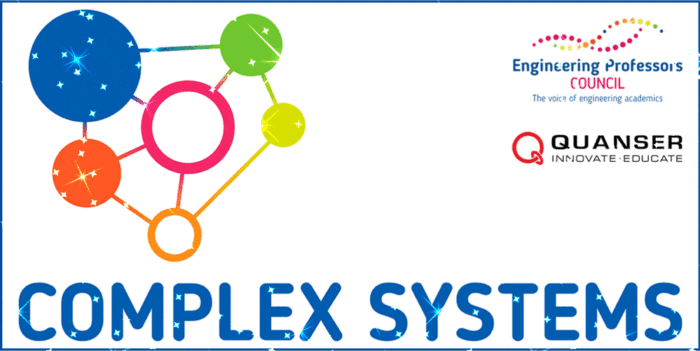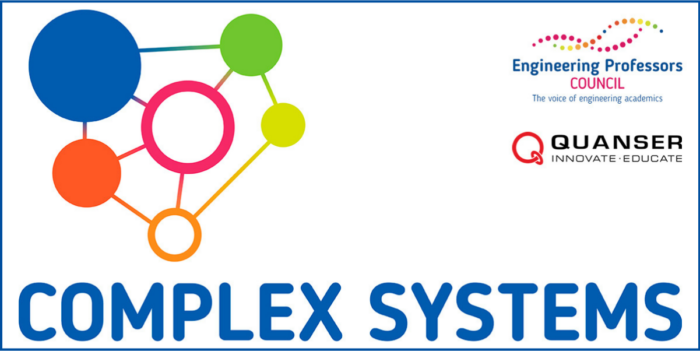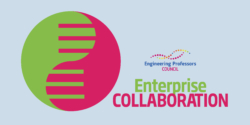 Theme: Collaborating with industry for teaching and learning, Knowledge exchange
Theme: Collaborating with industry for teaching and learning, Knowledge exchange
Authors: Prof Robert Hairstans (New Model Institute for Technology and Engineering), Dr Mila Duncheva (Stora Enso), Dr Kenneth Leitch (Edinburgh Napier University), Dr Andrew Livingston (Edinburgh Napier University), Kirsty Connell-Skinner (Edinburgh Napier University) and Tabitha Binding (Timber Development UK)
Keywords: Timber, Built Environment, Collaboration, New Educational Model
Abstract: The New Model Institute for Technology and Engineering, Edinburgh Napier University and Timber Development UK are working with external stakeholders to enable an educational system that will provide comprehensive training in modern methods of timber construction. A Timber Technology Engineering and Design (TED) competency framework has been derived and a UK wide student design competition will run in the 1st quarter of 2022 as part of the process to curate the learner content and enable this alternative approach to upskilling. The EPC will gain an understanding of this alternative approach to creating an educational model by means of industry engagement. This new approach has been made possible via establishing a collaborative framework and leveraging available funding streams via the partners. This will be showcased as a methodology for others to apply to their own contexts as well as offer opportunity for knowledge and value exchange.
Introduction
Edinburgh Napier University (ENU), The New Model Institute for Technology and Engineering (NMITE) and Timber Development UK (TDUK) are working with external stakeholders to enable an educational system (Figure 1) that will provide comprehensive training in modern methods of timber construction. This case study presents an alternative approach to creating this Timber Technology Engineering and Design (TED) educational model by means of industry engagement and pilot learning experiences. This new approach has been made possible by establishing a collaborative framework and leveraging available funding streams via the partners.
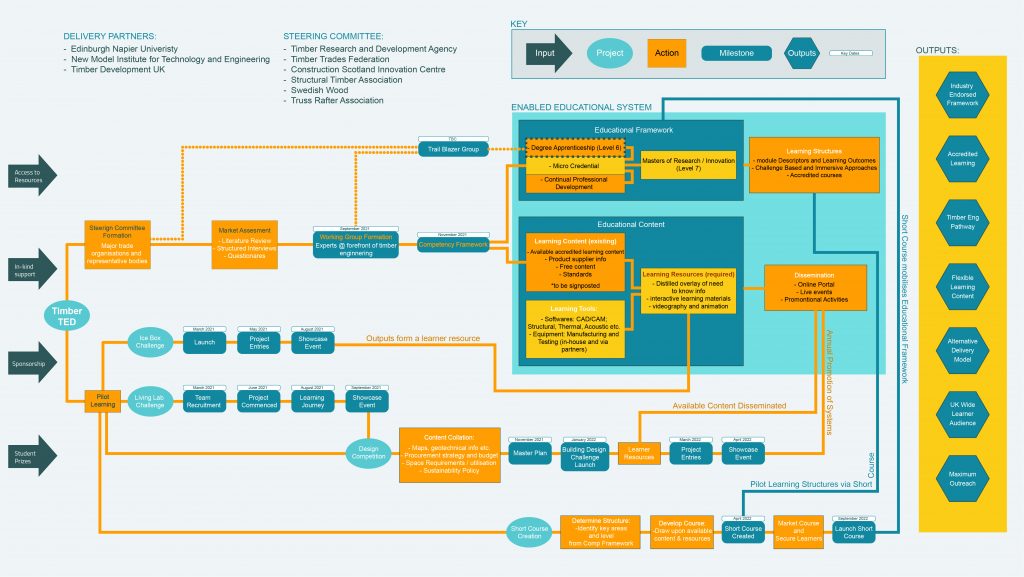
Figure 1 – Approach to enabling Timber TED Educational System.
Project Aims
The aim of establishing Timber TED is to provide built environment students and professionals with a comprehensive suite of online credit bearing flexible training modules to upskill in modern timber construction techniques. To align the modules with industry need the learning content is to be underpinned by a competency framework identifying the evidence-based technical knowledge and meta skills needed to deliver construction better, faster and greener. The training modules are to be delivered in a blended manner with educational content hosted online and learners assessed by ‘learning by doing’ activities that stimulate critical thinking and prepare the students for work in practice (Jones, 2007).
Uniting industry education and training resources through one course, Timber TED will support learners and employers to harness the new knowledge and skills required to meet the increasing demand for modern timber construction approaches that meet increasingly stringent quality and environmental performance requirements.
The final product will be a recognised, accredited qualification with a bespoke digital assessment tool, suitable for further and higher education as well as employers delivering in-house training, by complementing and enhancing existing CPD, built environment degrees and apprenticeships.
The Need of a Collaborative Approach
ENU is the project lead for the Housing Construction & Infrastructure (HCI) Skills Gateway part of the Edinburgh & Southeast Scotland City Region Deal and is funded by the UK and Scottish Governments. Funding from this was secured to develop a competency framework for Timber TED given the regional need for upskilling towards net zero carbon housing delivery utilising low carbon construction approaches and augmented with addition funding via the VocTech Seed Fund 2021. With the built environment responsible for 39% of all global carbon emissions, meeting Scotland’s ambitious target of net zero by 2045 requires the adoption of new building approaches and technologies led by a modern, highly skilled construction workforce. Further to this ENU is partnering with NMITE to establish the Centre for Advanced Timber Technology (CATT) given the broader UK wide need. Notably England alone needs up to 345,000 new low carbon affordable homes annually to meet demand but is building less than a third of this (Miles and Whitehouse, 2013). The educational approach of NMITE is to apply a student-centric learning methodology with a curriculum fuelled by real-world challenges, meaning that the approach will be distinctive in the marketplace and will attract a different sort of engineering learner. This academic partnership was further triangulated with TDUK (merged organisation of TRADA and Timber Trades Federation) for UK wide industry engagement. The partnership approach resulted in the findings of the Timber TED competency framework and alternative pedagogical approach of NMITE informing the TDUK University Design Challenge 2022 project whereby inter-disciplinary design teams of 4–8 members, are invited to design an exemplary community building that produces more energy than it consumes – for Southside in Hereford. The TDUK University Design challenge would therefore pilot the approach prior to developing the full Timber TED educational programme facilitating the development of educational content via a webinar series of industry experts.
The Role of the Collaborators
The project delivery team of ENU, NMITE and TDUK are working collaboratively with a stakeholder group that represents the sector and includes Structural Timber Association, Swedish Wood, Construction Scotland Innovation Centre, Truss Rafter Association and TRADA. These stakeholders provide project guidance and are contributing in-kind support in the form of knowledge content, access to facilities and utilisation of software as appropriate.
Harlow Consultants were commission to develop the competency framework (Figure 1) via an industry working group selected to be representative of the timber supply chain from seed to building. This included for example engineered timber manufacturers, engineers, architects, offsite manufacturers and main contractors.
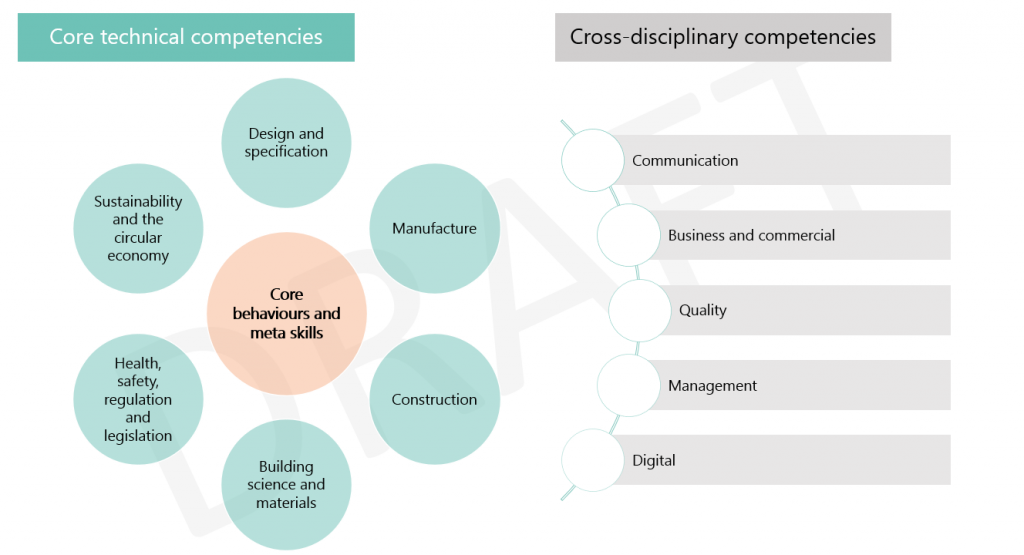
Figure 2 – Core and Cross-disciplinary high level competency requirements
The Southside Hereford: University Design Challenge (Figure 3) has a client group of two highly energised established community organisations Growing Local CIC and Belmont Wanderers CIC, and NMITE, all of whom share a common goal to improve the future health, well-being, life-chances and employment skillset of the people of South Wye and Hereford. Passivhaus Trust are also a project partner providing support towards the curation of the webinar series and use of their Passivhaus Planning software.

Figure 3 – TDUK, ENU, NMITE and Passivhaus Trust University Design Challenge
Outcomes, Lessons Learned and Available Outputs
The competency framework has been finalised and is currently being put forward for review by the professional institutions including but not limited to the ICE, IStructE, CIAT and CIOB. A series of pilot learning experiences have been trialled in advance of the UK wide design challenge to demonstrate the educational approach including a Passivhaus Ice Box challenge. The ice box challenge culminated in a public installation in Glasgow (Figure 4) presented by student teams acting as a visual demonstration highlighting the benefits of adopting a simple efficiency-first approach to buildings to reduce energy demands. The Timber TED competency framework has been used to inform the educational webinar series of the UK wide student design competition running in the 1st quarter of 2022. The webinar content collated will ultimately be used within the full Timber TED credit bearing educational programme for the upskilling of future built environment professionals.
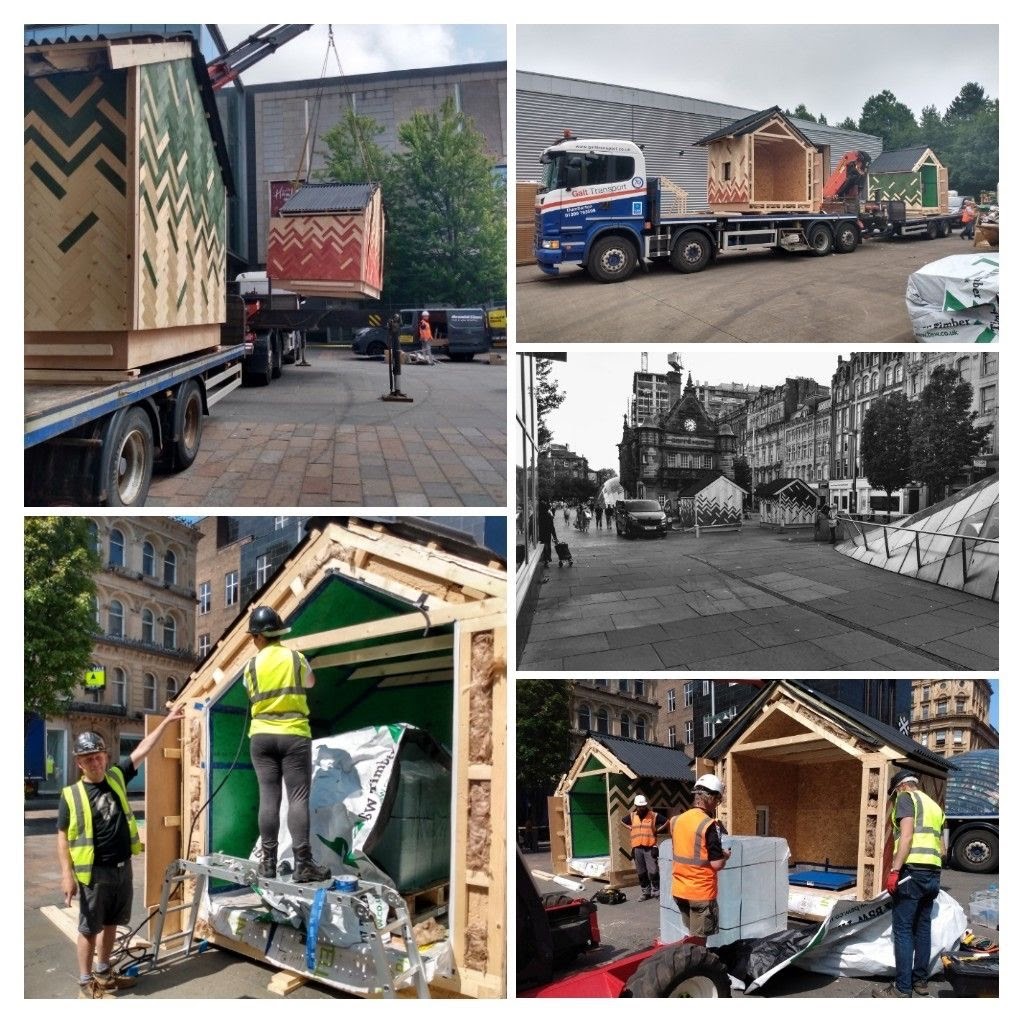
Figure 4 – ICE box challenge situated in central Glasgow
The following are the key lessons learned:
- Collaboration is key to maximising available resources enabling ambitious programmes of work for upskilling utilising alternative educational approaches to be realised.
- Challenge based learning engages students and modern digital tools foster collaboration allowing multi-disciplinary teams to form consisting of students from different Universities.
- Going forward the approach requires to be captured and aligned with learning outcomes for assessment and accreditation purposes such that it can become University credit bearing.
Currently available outputs to date:
- Icebox Challenge Glasgow – Passivhaus News (passivhaustrust.org.uk)
- Southside Hereford: University Design Challenge 2022 – TRDCA (formerly TRADA – Timber Research and Development Association)
- Southside Hereford: University Design Challenge 2022 Webinar Content: Timber Development UK University Design Challenge – YouTube
References
- Jones, J. (2007) ‘Connected Learning in Co-operative Education’, International Journal of Teaching and Learning in Higher Education, 19(3), pp. 263–273.
- Miles, J. and Whitehouse, N. (2013) Offsite Housing Review, Department of Business, Innovation & Skills. London
Any views, thoughts, and opinions expressed herein are solely that of the author(s) and do not necessarily reflect the views, opinions, policies, or position of the Engineering Professors’ Council or the Toolkit sponsors and supporters.


